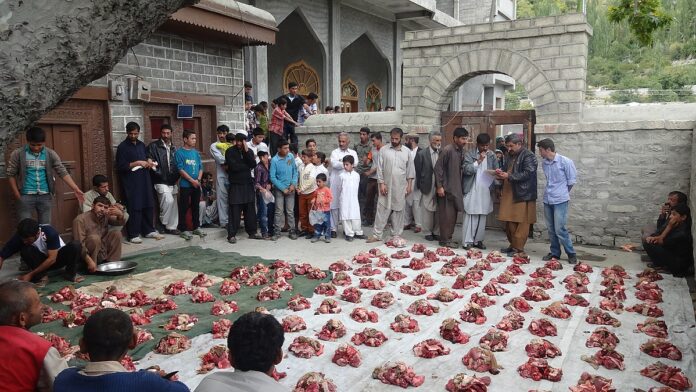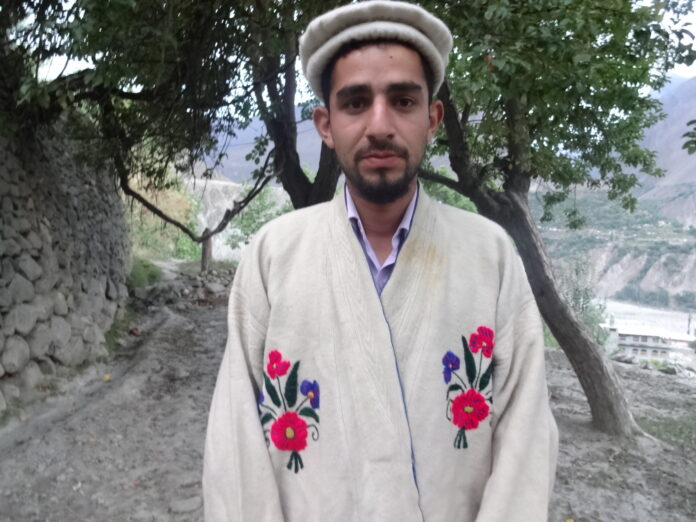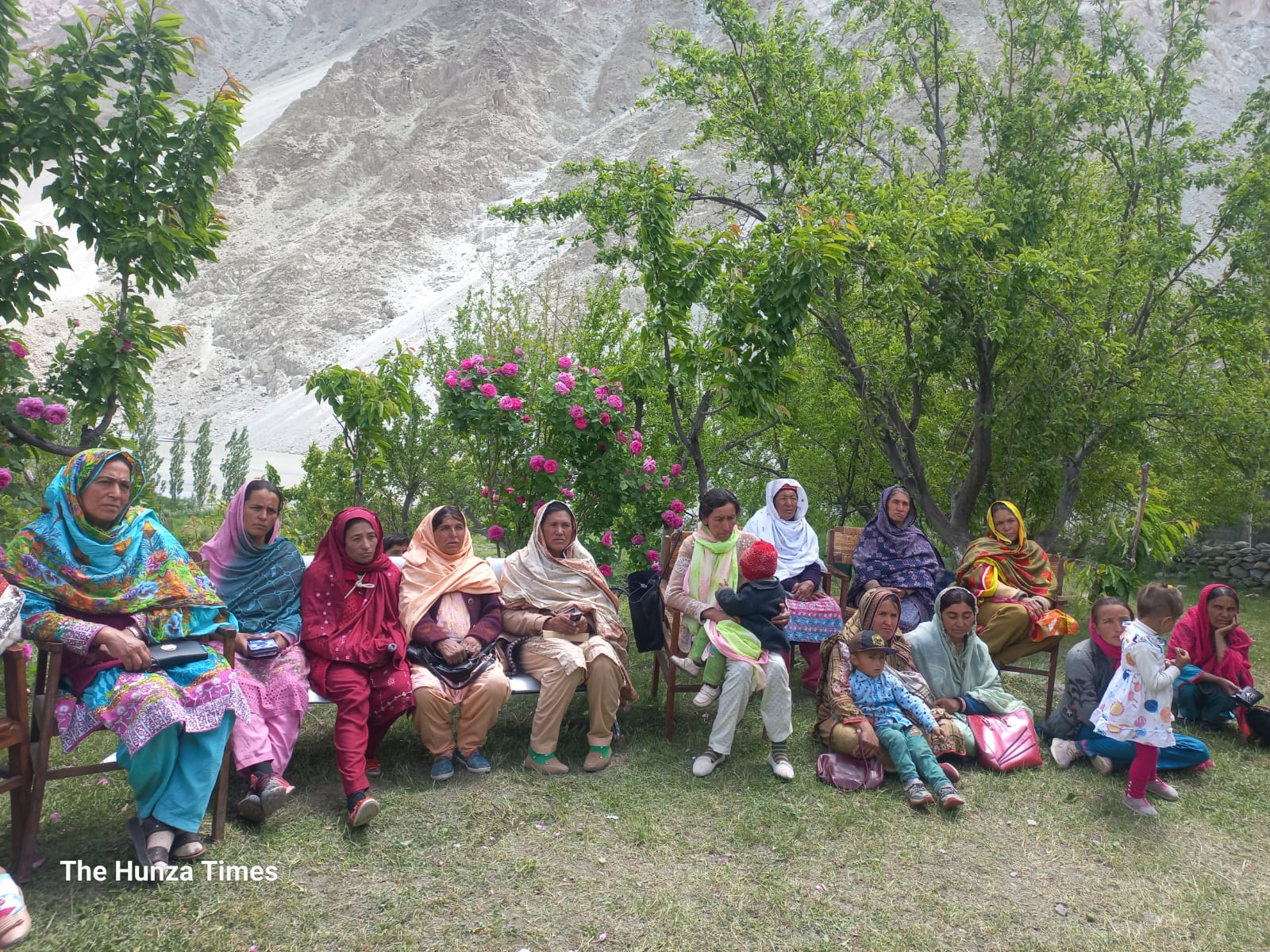Gilgit-Baltistan, located in the northern part of Pakistan, boasts breathtaking landscapes with towering mountains, serene lakes, and pristine glaciers. However, this region is also prone to natural disasters that can cause significant damage to life, property, and infrastructure. In this article, we will explore the various natural disasters, including landslides, floods, GLOFs (Glacial Lake Outburst Floods), heavy rains, and provide essential safety measures to mitigate their impact. Let’s delve into the challenges faced by Gilgit-Baltistan and the steps to build resilience against these natural calamities.
- Land Sliding in Gilgit-Baltistan:
Gilgit-Baltistan’s mountainous terrain makes it susceptible to landslides, especially during the rainy season and seismic activity. Heavy rainfall or melting snow can destabilize the slopes, leading to landslides that can block roads, damage homes, and cause fatalities. Engineers and authorities are working to strengthen hillside infrastructures and implement early warning systems to reduce the risk of landslides.
- Floods in Gilgit-Baltistan:
Floods are a recurring natural disaster in Gilgit-Baltistan, often triggered by intense rainfall or the rapid melting of glaciers. These floods can inundate settlements, destroy crops, and disrupt transportation networks. To combat this, the government is implementing flood management projects, such as constructing embankments and reservoirs to store excess water.
- GLOFs (Glacial Lake Outburst Floods):
GLOFs are a specific concern in Gilgit-Baltistan due to the vast number of glaciers. Rising temperatures are causing glaciers to melt, leading to the formation of glacial lakes. If the lake’s natural dam weakens or breaches, a catastrophic GLOF can occur, endangering downstream communities. Local and international organizations are working together to assess glacial lakes and implement risk reduction measures.
- Heavy Rain Disaster in Gilgit-Baltistan:
Gilgit-Baltistan receives heavy rainfall during the monsoon season, which can exacerbate the risk of landslides, flash floods, and riverbank erosion. To address this, local authorities are adopting climate-resilient measures and reinforcing drainage systems.
- Safety Measures and Preparedness:
Building resilience against natural disasters requires a multi-pronged approach. Community awareness and preparedness play a crucial role in reducing the impact of calamities. Local authorities, NGOs, and international organizations are conducting workshops to educate residents about evacuation plans, first aid, and disaster response.
Conclusion:
Gilgit-Baltistan, with its majestic landscapes, is indeed vulnerable to various natural disasters. However, proactive measures, such as early warning systems, flood management projects, and community preparedness, can significantly reduce the risks. By fostering collaboration between local communities and governmental bodies, we can enhance resilience and protect lives and property in this breathtaking region of Pakistan.
Keywords: Safety Measures in Gilgit-Baltistan, Disaster Preparedness Workshops, Community Resilience,Land Sliding in Gilgit-Baltistan, Rain-induced Landslides, Slope Stability, Early Warning Systems,Heavy Rain Disaster, Monsoon Season in Gilgit-Baltistan, Climate-Resilient Measures,GLOFs in Gilgit-Baltistan, Glacial Lake Formation, Risk Reduction Measures,Floods in Gilgit-Baltistan, Flood Management Projects, Glacier Melting, Embankments.




